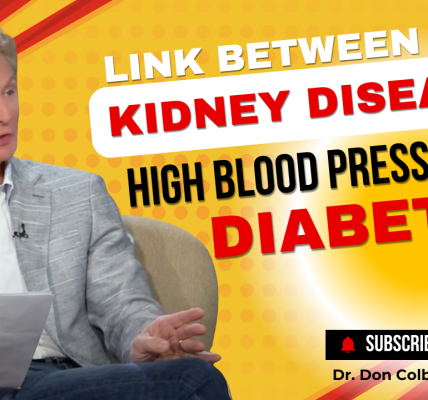- Soak up the Sunshine
Shorter daytime sunlight is associated with reduced energy and mood decline in some people. For centuries, many people have experienced “winter depression” associated with shorter days and weather patterns not conducive to outdoor activities. In 1984, scientists named this type of

- depression Seasonal Affective Disorder (SAD). SAD is more prevalent in
- women, and symptoms include weight gain and increased appetite for carbohydrates. Even if you do not have full-scale SAD, you will likely find that daily exposure to sunlight will boost your mood.
2. Build a Mental Bridge
- Negative thought patterns contribute to bad moods and feelings of depression. There are many categories of toxic thinking patterns, including:
- All-or-Nothing Thinking – thinking everything is black or white with no shades of gray.
- Negative Mental Filter – filtering out any bit of information that is positive, and only hearing the negative.
- Disqualifying the Positive – explaining away words of affirmation or praise with false thoughts such as “I don’t deserve this” or “They just feel sorry for me.”
- Magnification of Minimization – exaggerating events to catastrophic importance or minimizing successes.
- “Should” Statements – holding to a rigid set of internal rules about what should, must or can’t be done.
- Labeling and Mislabeling – Using terms like “stupid,” “idiot,” or “loser” for self and others. Imagine your habitual, toxic thinking patterns creating a bridge in your mind day after day that leads to sadness, depression and eventually disease. You can choose to, instead, build a bridge to happiness, love and life. Become aware of your thoughts and when you notice a toxic thinking pattern, decide not to “travel over that bridge.” Take the other bridge and eventually you can train your mind to break the habit of toxic thinking and to routinely produce positive thoughts.
3. Minimize Internet Usage
- More studies are linking too much time on the internet with poor mood and depression. A new term, “Facebook depression,” refers to the possibility that Internet addicts lack satisfying amounts of real human interaction and companionship. Social networking sites can also promote unrealistic views of the world. A new study analyzed Internet usage among college students and found that students who show signs of depression tend to use the Internet differently than those who show no symptoms of depression. Depressed students tended to use file-sharing services, send email and chat online more than the other students. Depressed students also tend play more games and watch more videos online than other students.
The Internet, and television, can be fun and wonderful sources of information, but practice moderation with both. Do not let time spent in front of the TV or on the internet take the place of real human interaction.
4. Practice Good Posture
- Renowned medical doctor Andrew Weil, MD coined the term “Closed Heart Syndrome.” Closed Heart Syndrome is a postural pattern where the chest sinks and the heart area collapses inward, making the breath shallow and slow.
- Missouri University of Science and Technology (2012, May 16). Internet usage patterns may signify depression. ScienceDaily. Retrieved May 19, 2012, from
http://www.sciencedaily.com/releases/2012/05/120516135504.htm
The upper spine and shoulders round. This postural state is associated with feelings of helplessness, hopelessness and withdrawal. Practicing good posture and incorporating posture correction exercises can lift the mood.
















